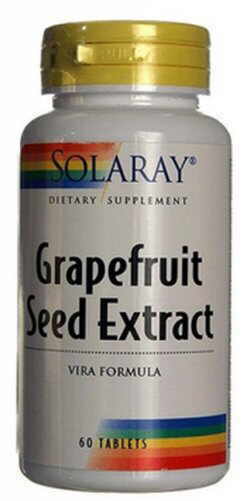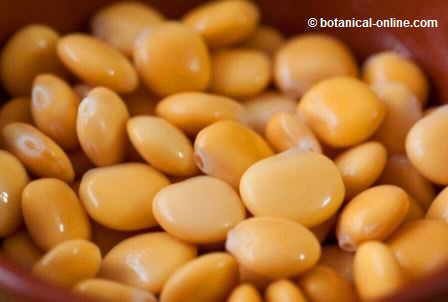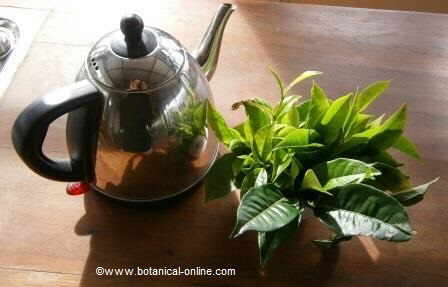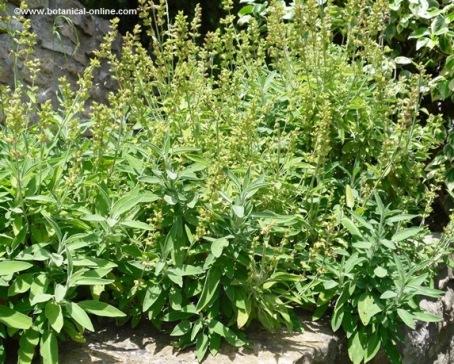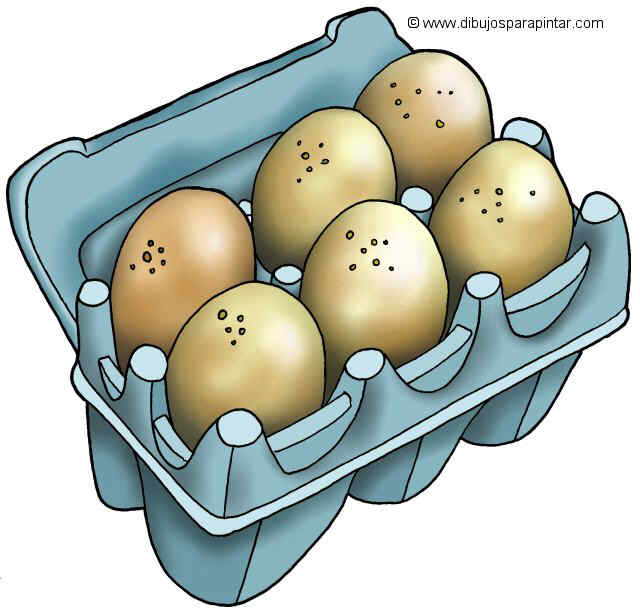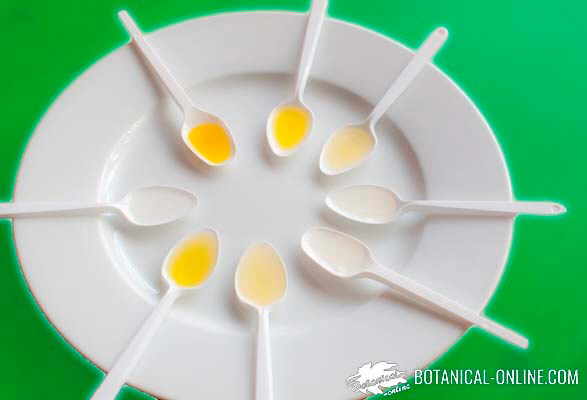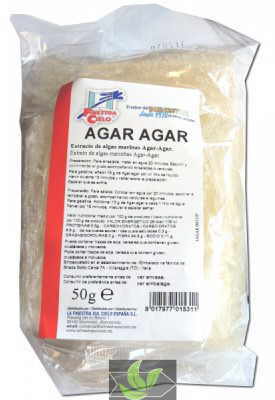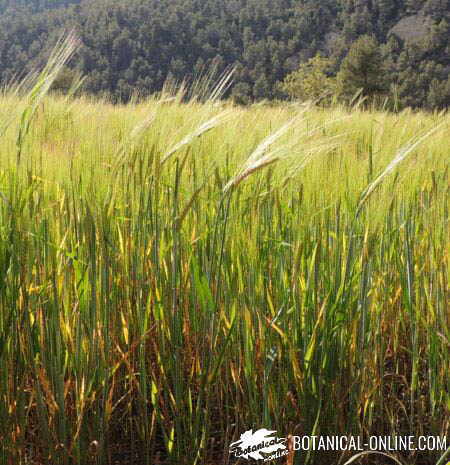Contents
Edible benefits of pumpkin
BENEFITS OF PUMPKIN
What are pumpkins?
Pumpkins (Cucurbita spp.) are vegetables.
They have a very hard and tough protective crust, mostly orange, but some present yellow or green hues.
The interior flesh color varies depending on the variety of pumpkin.
If the outside is orange, inside it is usually yellow, too.
If the outside is yellow, the interior tends to be more clear.
In both cases the center of the flesh contains several seeds with a light beige color, which are known as pumpkin seeds, usually consumed as a nut.
Raw pumpkins have a very hard texture, but when cooked, they become soft and edible.
Their flavor is very sweet.
What are the main nutrients of pumpkins?
As an energy source, 100 grams of pumpkin will provide 26 kcal.
Its proportion of nutrients is divided into:
– Over 91% is water.
– A 0.1% fat.
– A 1% protein.
– About 6.5% of carbohydrates.
– A 0.5% fiber.
Vitamins and minerals in pumpkins
Pumpkins are rich in potassium, phosphorus and magnesium, and to a lesser amount in calcium, iron, zinc, sodium, manganese, selenium and copper.
They contain a lot of vitamin A, vitamin E, vitamin C and vitamin B9, among other vitamins of group B.
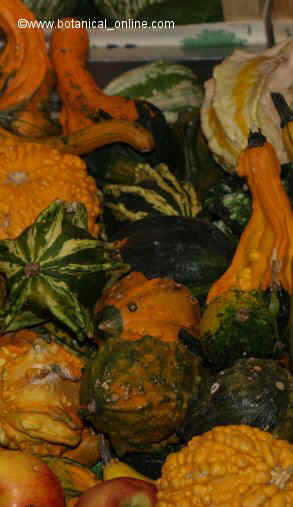
Photo of pumpkin
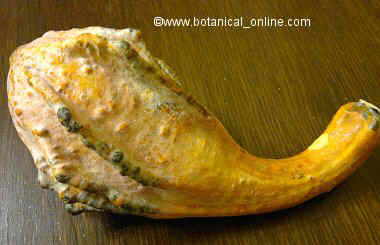
Some pumpkins, like the one pictured here, are grown for use as decorative objects
Nutritional characteristics of pumpkin
– Pumpkin has a very high water content to be a vegetable.
– It provides little energy.
– It has as a very low fat content.
– It has a low protein content.
– It possess a significant content in carbohydrates, especially starches.
– It is low in fiber.
– It helps to remove toxins from our body, because it contains potassium.
– It helps maintain our brain function properly, because it contains phosphorus. In addition, together with calcium, it maintains the balance of the formation of strong bones.
– Because of its magnesium content, it helps the contraction and relaxation of muscles.
– Because its content of vitamin B9, it helps us to grow properly.
– It protects the skin and helps keep it healthy, because it contains vitamin A.
– It protects us from colds and helps heal wounds, because of vitamin C.
– It protects us from the toxins and aging, because of vitamin A, vitamin C, vitamin E, zinc and selenium.
Pumpkin composition
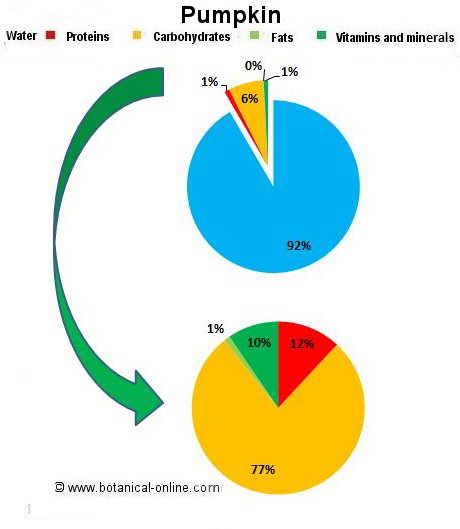
Pumpkin in the kitchen:
![]() More information about other foods and nutrition.
More information about other foods and nutrition.
| *Related information: More information about pumpkin |

